1921 (Taisho 10) Saturday, October 1 The 3rd generation Edoya Nekohachi was born in Tokyo as an impersonator and actor known for imitating animal vocal cords. His real name was Rokuro OKADA. He was the sixth son of his father, the first Nekohachi EDOYA, so he was named Rokuro. As a boy, he toured various places with his father’s troupe from Sakhalin in the north to Kyushu in the south.
In 1940 (Showa 15), he joined the comedy troupe Furukawa Midorinami, and when World War II began in December 1941 (Showa 16), he was drafted into the army in 1942 (Showa 17) and went to the southern front including Rabaul. Later, he was assigned to the Army’s Naval Command, commonly known as the Akatsuki Unit, which was in charge of dangerous duties related to the sea, such as maritime transport. The Akatsuki troops were stationed in Ujina, the main port of Hiroshima City. Here Rokuro Okada, or Nekohachi Edoya the third, was the chief soldier. He was 23 years old.
Then, on August 6 20, 1945, at 8:15 AM, an atomic bomb was dropped on Hiroshima, causing it to be bombed. Hiroshima Castle, where the army of Hiroshima was stationed, was destroyed by the direct attack of the atomic bomb because it was located very close to the epicenter of the explosion, and the commander, Lieutenant General Yoji Fujii, also died immediately. The Army Ship Command (Akatsuki Squadron) in Ujina, four kilometers from the epicenter, will take command as the Hiroshima Security Headquarters. Edoya Nekohachi will enter Hiroshima city and be engaged in relief activities.
It is a famous story that Masao Maruyama, a thinker who was called up as an assistant professor at the Faculty of Law of Tokyo Imperial University and was assigned as a private second class, was in the Akatsuki unit at that time. Maruyama was 31 years old at that time. Both Edoya Nekohachi and Maruyama Masao visited the city immediately after the atomic bombing, and while they were engaged in relief and medical activities in the city, they were exposed to radiation that remained in the city and suffered from poor health for the rest of their lives. Also, the scenes I saw were so tragic that I was traumatized all my life and I couldn’t talk about it for a long time.
In 1950 (Showa 25), he learned the art from Nekohachi the second, who inherited the professional name from Nekohachi the first, the father of the third, and this year he succeeded Nekohachi the third. In 1966 (Showa 41), he appeared in the special effects TV drama “Kaiju Buska” produced by Tsuburaya Productions and Toho Co., Ltd. After that, he appeared in many TV dramas, but his representative work was “Onihei Hankacho” (Onihei’s crimes note). He was one of Heizo HASEGAWA’s unemployed followers and left a strong presence playing the role of “Hikoju in Sagami”, who was active as a spy.
In 2001 13, he died of heart failure at a hospital in Ome City, Tokyo. He died at the age of 80. He was buried in Zoshigaya Cemetery where his father, the first Edoya Nekohachi was buried.

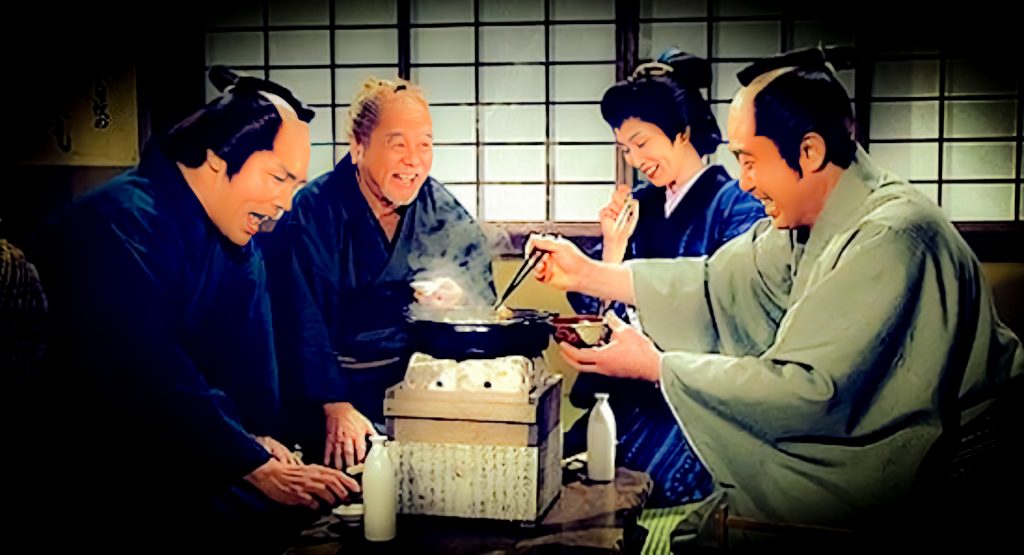
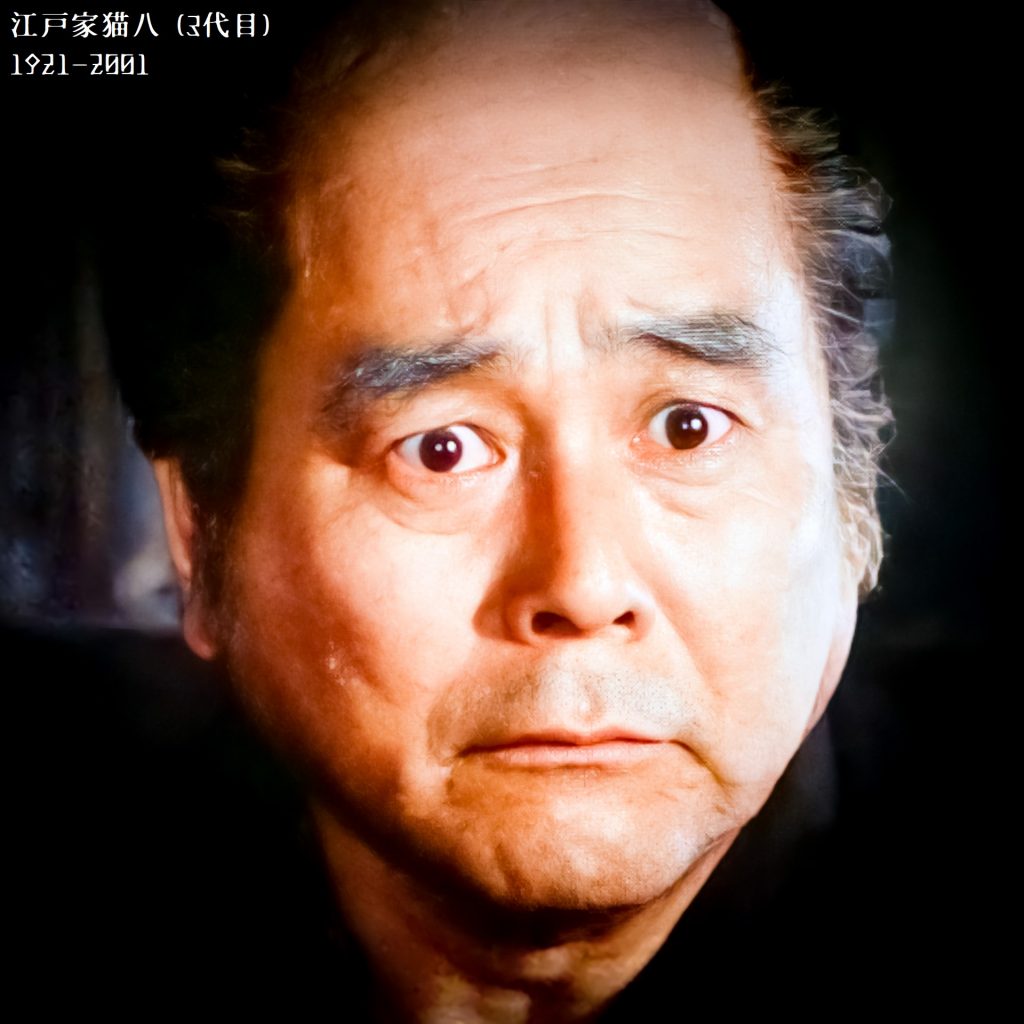

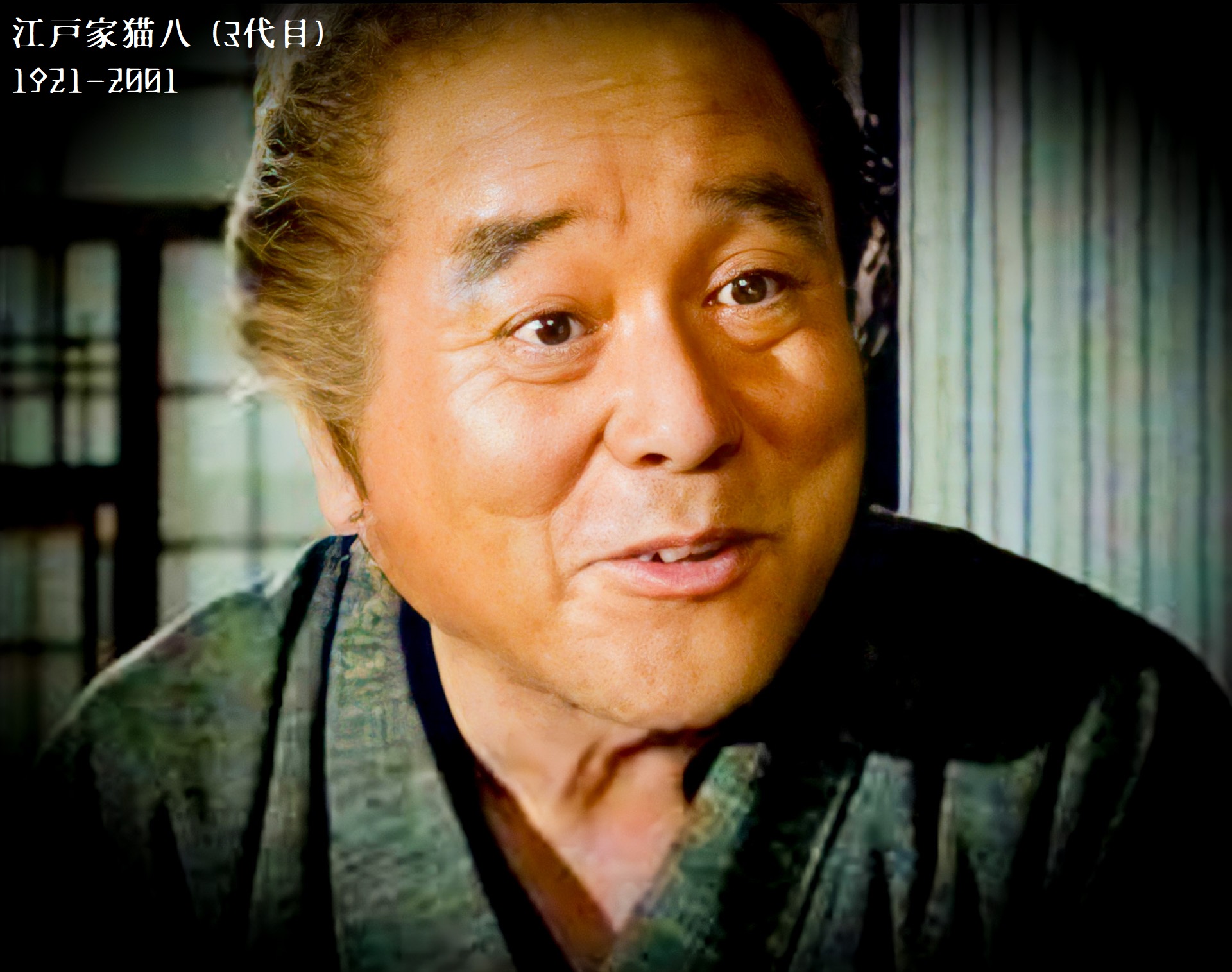

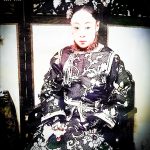
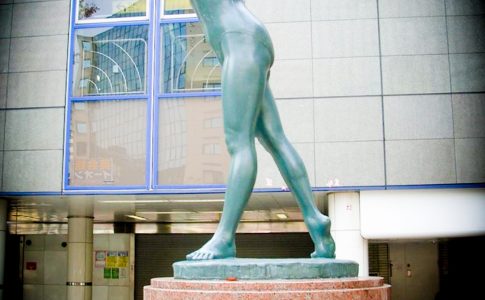
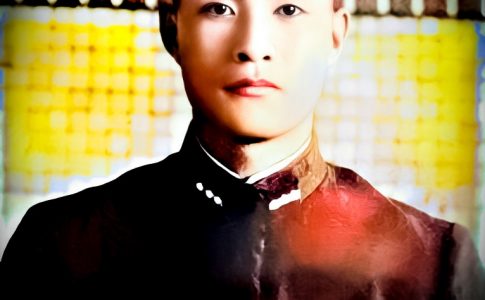


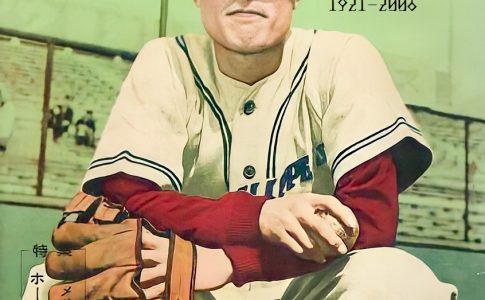

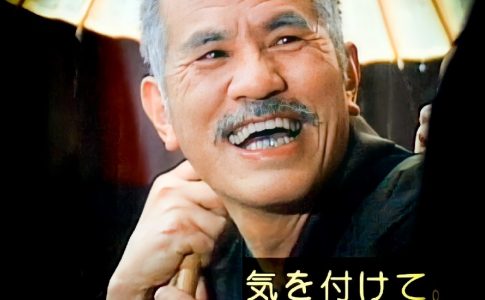
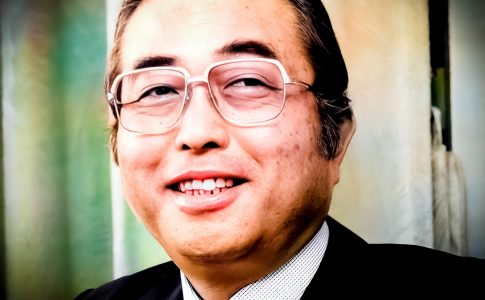
Leave a Reply